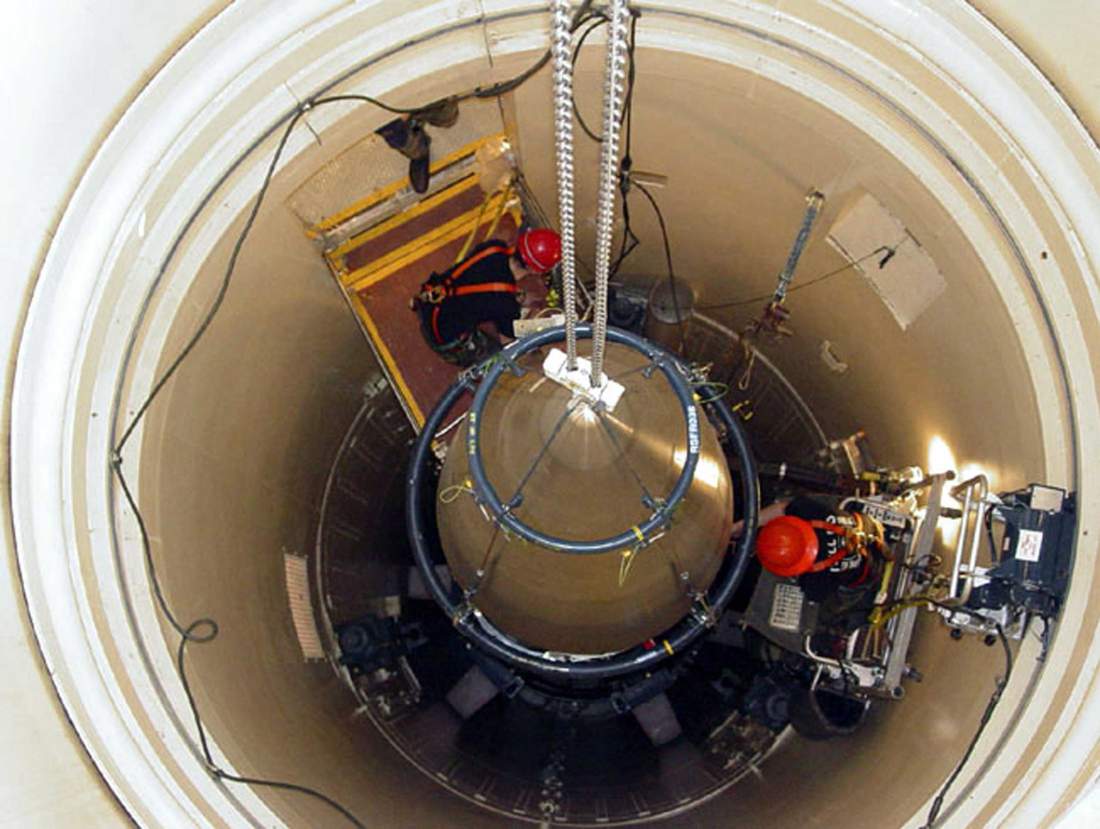In a piece at the San Francisco Chronicle, Ploughshares Fund head Joe Cirincione asks What happens when our nuclear arsenal is hacked? Wait, what?
In fact, you’re right to be shocked. Cirincione reports that former head of STRATCOM (which includes U.S. nuclear weapons) retired Gen. James Cartwright told the audience at what he describes as the annual Ploughshares Fund gala that “our nuclear missiles could be hacked — launched and detonated without authorization.”
There are only two realities in the modern, interconnected world, he warned: “You’ve either been hacked and not admitting it, or you’re being hacked and don’t know it.”
Might be a cliché but failing to heed that can not only be fatal, but can lead to mass fatalities — as in, say, the millions of lives lost in the early stages of a nuclear war. Now for an irony of ironies:
[Intercontinental ballistic missiles] silos can withstand nuclear blasts, but can they withstand the 10 million hacking attempts launched daily at the agencies in charge of our nuclear weapons? [Emphasis added.]
Let what’s underlined above sink in. Aside from abolishing nuclear weapons, what can we do? Cirincione again:
A key problem, [Cartwright] said, is that we keep hundreds of missiles on “hair-trigger” alert — a vestige of the Cold War that enables the launch of fully armed nuclear weapons in under 15 minutes.
There is an easy fix, said the former commander: unplug.
… If needed, they could be ready for use within hours, but no one could launch them by mistake or by cybersabotage.
But that’s not enough for this former STRATCOM commander.
Cartwright goes further. Air Force plans for a new fleet of long-range missiles could cost more than $100 billion, but Cartwright suggests retiring these obsolete weapons. A smaller force of bombers and submarine-based missiles can do their missions.
Kicking one of the legs out from under the nuclear triad is a critical step — almost as much as taking launch-on-warning ICBMs off hair-trigger alert.

